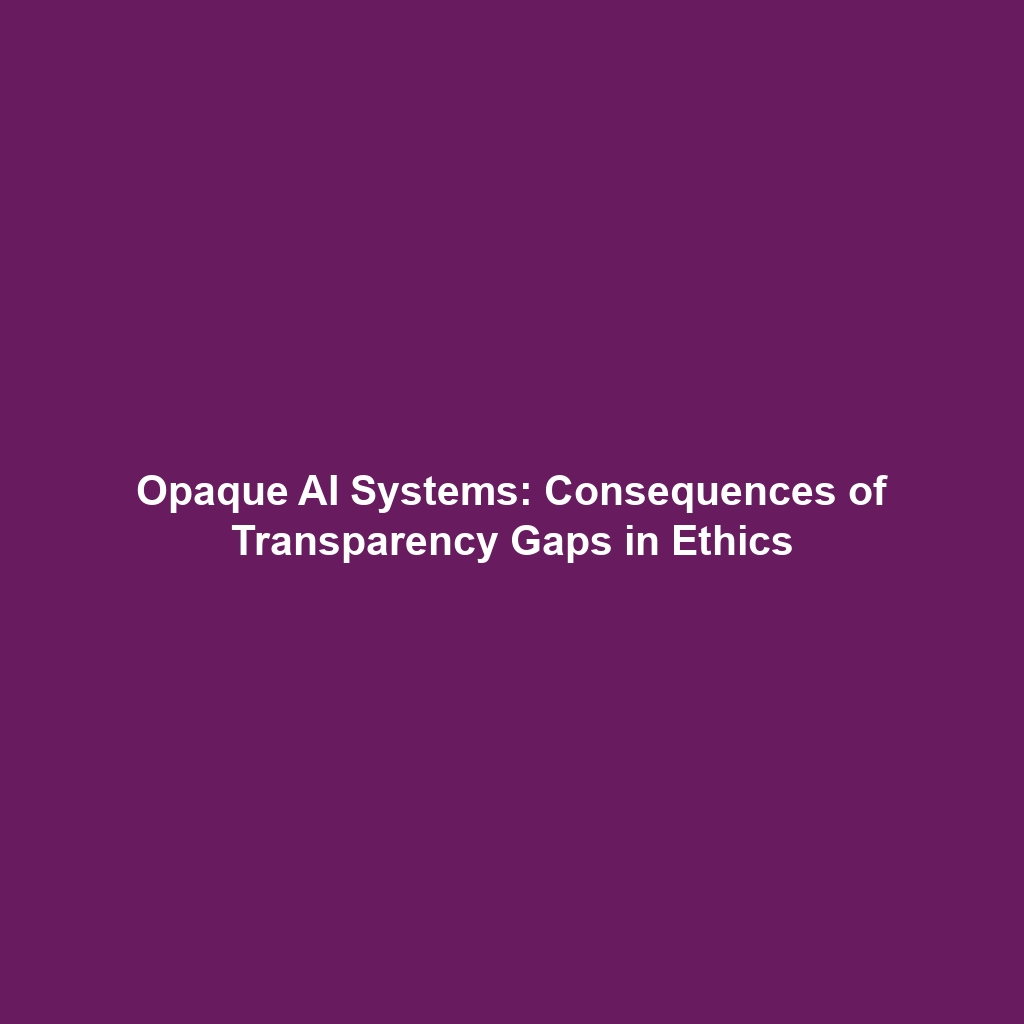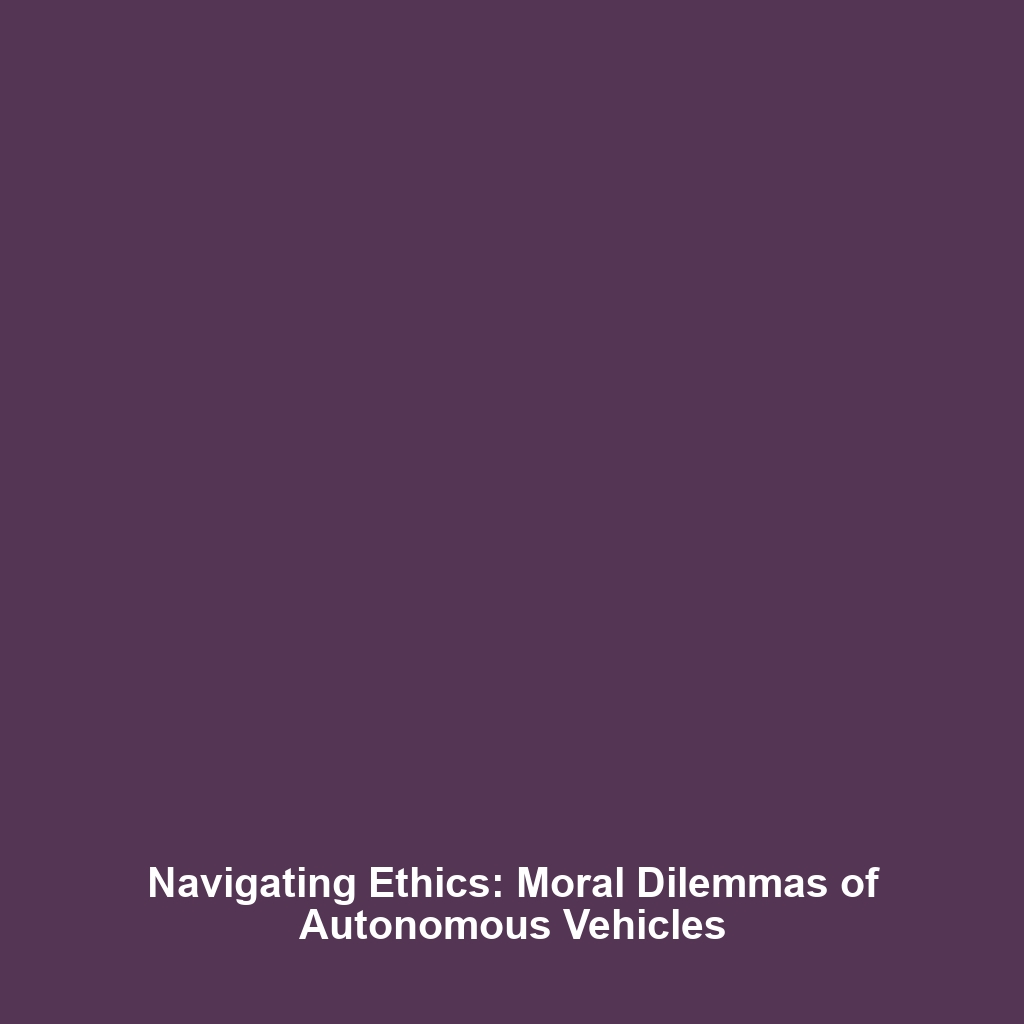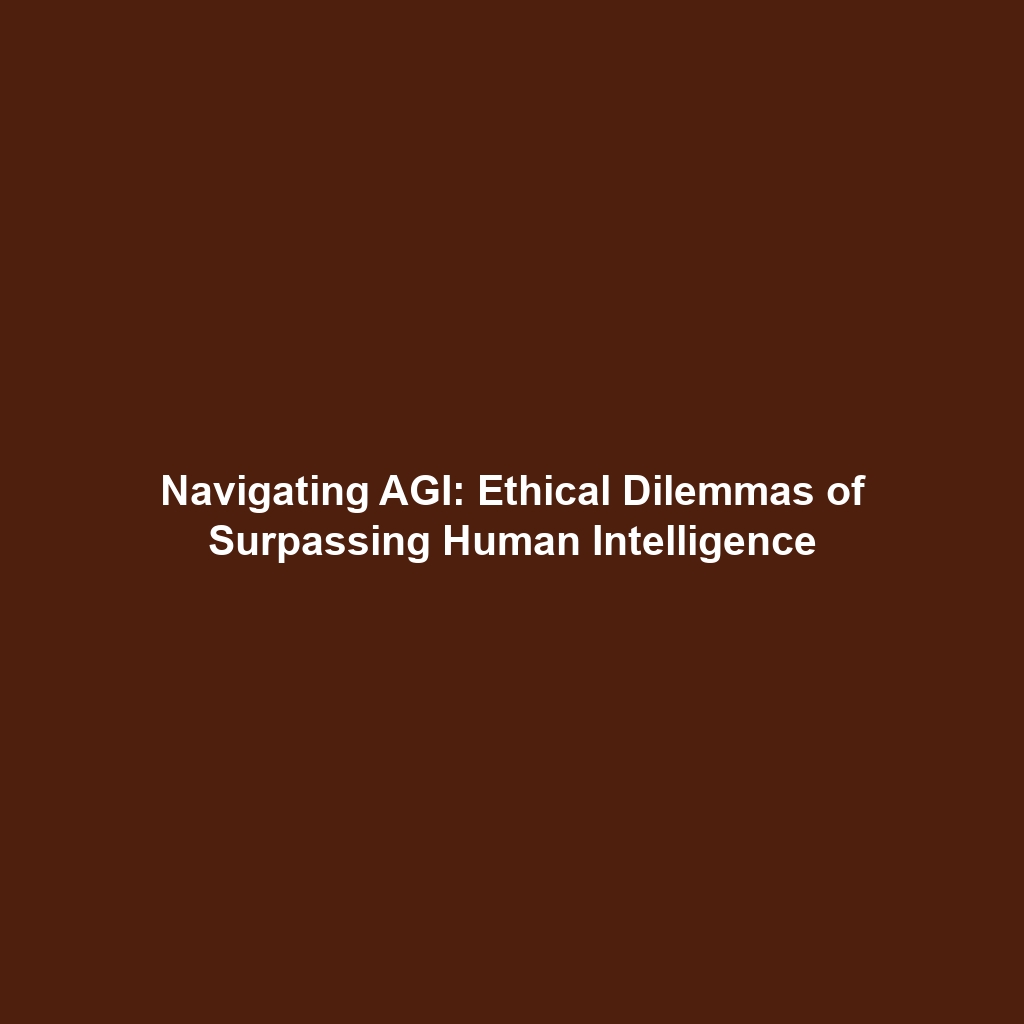Introduction to AI Ethics
As artificial intelligence (AI) rapidly transforms numerous sectors, understanding AI Ethics has become increasingly crucial. The field of AI Ethics examines the ethical implications of AI technologies and their potential impact on society, focusing on transparency, accountability, and fairness. This introduction to AI Ethics aims to provide a foundational understanding of its significance, exploring key concepts, real-world applications, and the challenges faced within this evolving discipline.
Key Concepts of AI Ethics
AI Ethics encompasses several key concepts that underpin the moral considerations of AI development and implementation. Understanding these principles is vital for grasping the broader context of AI Ethics.
1. Fairness
Fairness in AI refers to the principle that technologies should operate without bias, ensuring equitable treatment for all individuals, regardless of their backgrounds.
2. Accountability
Accountability entails the recognition of responsibility in AI decision-making processes, particularly when AI systems yield harmful outcomes or perpetuate existing inequalities.
3. Transparency
Transparency is crucial in building trust, as it involves making AI systems understandable and accessible, allowing users to grasp how decisions are made.
Applications and Real-World Uses
The real-world applications of AI Ethics are varied and essential, with significant implications for multiple industries. Here’s how Introduction to AI Ethics is used in AI Ethics:
- Healthcare: AI-driven diagnostic tools must uphold ethical standards to ensure patient safety and fairness in treatment.
- Finance: Algorithms used for credit scoring must avoid bias to promote equitable access to financial services.
- Autonomous Vehicles: The ethical programming of self-driving cars addresses complex decisions that could affect human lives.
Current Challenges in AI Ethics
Despite the importance of AI Ethics, several challenges hinder its effective study and application. The most pressing issues include:
- Data Bias: AI systems trained on biased datasets can perpetuate inequality in decision-making processes.
- Lack of Regulation: The rapidly evolving AI landscape often outpaces existing legal frameworks, leaving ethical considerations unaddressed.
- Complexity: The intricate nature of AI algorithms makes it challenging to trace decision-making processes and assess ethical implications accurately.
Future Research and Innovations
As AI continues to evolve, future innovations in AI Ethics are poised to make significant impacts. Key areas of upcoming research include:
- Explainable AI (XAI): Developing AI systems that provide clear reasoning for their decisions to enhance transparency and trust.
- Regulatory Frameworks: Formulating comprehensive guidelines that dictate ethical AI practices across sectors.
- AI Governance: Innovations that aim to build robust governance models to oversee AI usage responsibly.
Conclusion
In conclusion, Introduction to AI Ethics plays a pivotal role in understanding the ethical implications and responsibilities associated with AI deployment. By addressing key concepts, applications, challenges, and future research directions, we emphasize the critical nature of catalyzing ethical frameworks in AI development. For further reading, explore our articles on What is AI Ethics and Ethical AI Practices.







